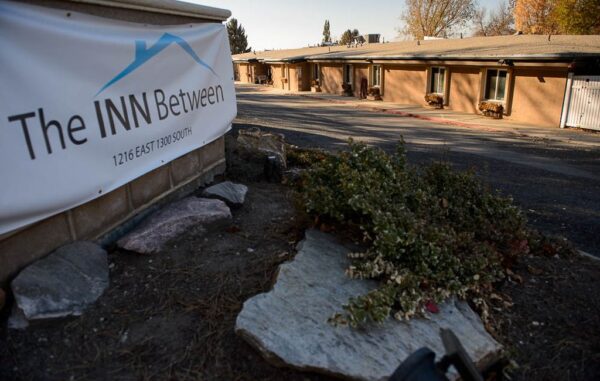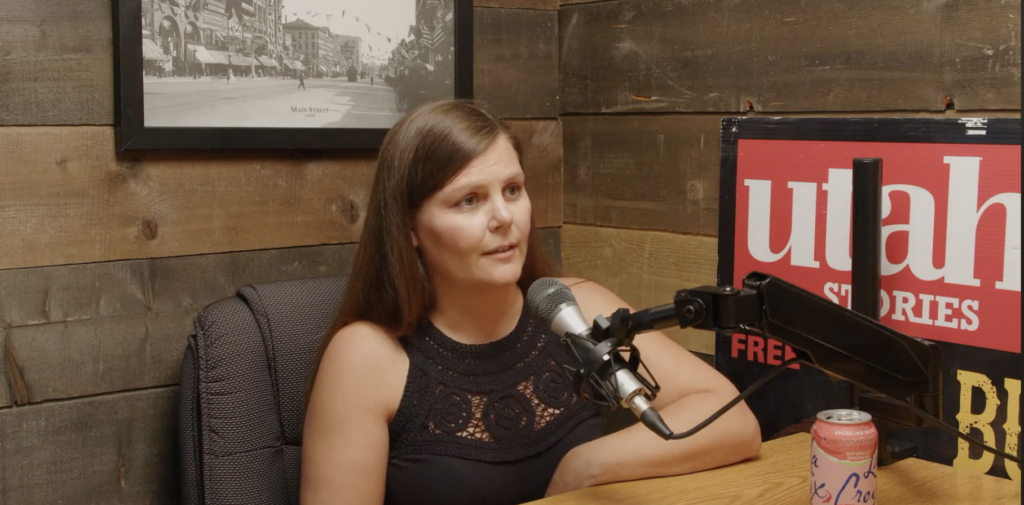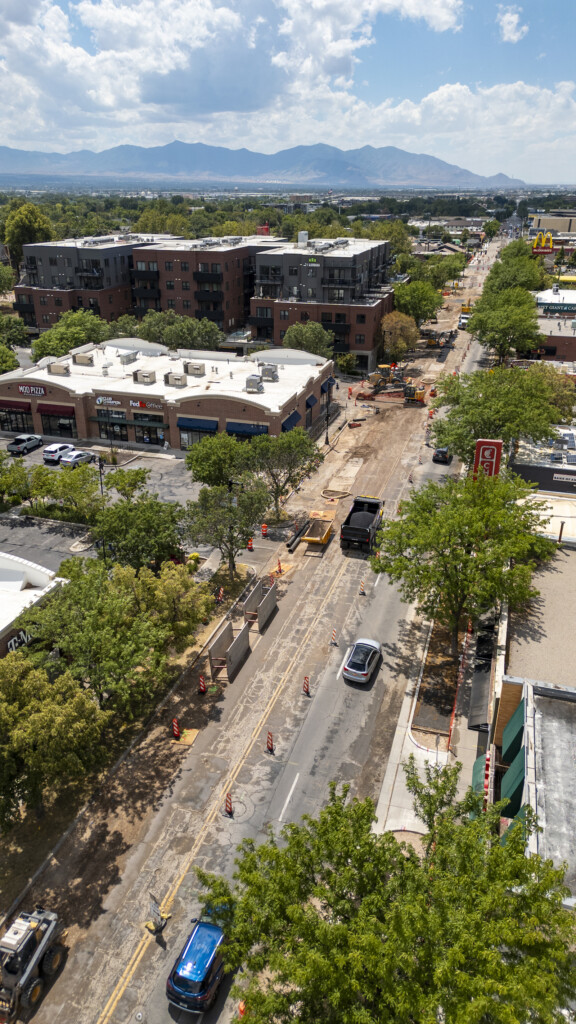
Providing homes for the homeless, or long-term supportive care has proven difficult if not impossible for some of Salt Lake City’s most well-funded organizations. Ask any business owner operating around the Gail Miller shelter, operated by the Road Home and they will report that crime has skyrocketed and their neighborhood has deteriorated. The same holds true for Geraldine E. King shelter operated by the VOA also in South Salt Lake.
But one organization has proven to be a model and an asset to the neighborhood near Sugar Housed where it is located. This hospice and respite care facility is an exception, and has proven that the homeless can live in an affluent area and be good neighbors to those who live around them.
In this episode of Utah Stories, the spotlight is on Jillian Olmsted, CEO of The In-Between. This organization has successfully developed a unique model for creating an ideal resource center for homeless individuals while maintaining high standards for the neighborhood around them. The conversation delves into the organization’s inspiring approach to providing affordable housing and compassionate care for those in need.
“The people in the INN Between are so similar to you and I. We have had individuals who have been a nurse or a teacher and they got cancer and they lost their job, lost their house, and then they’re on the street with this medical crisis. So a lot of us are just a health diagnosis away from being homeless,” Olmsted said.
The INN Between, located in Salt Lake City, strives to be a home for individuals without one, offering hospice services and medical respite care. Visitors entering are greeted with an inviting atmosphere: wood paneled walls; flower arrangements everywhere; and portraits of current and former tenants. This inviting and warm interior design and decor starkly contrasts traditional homeless resource centers. Jillian explained that the center was designed to resemble a natural home with living areas, a dining room, and individually decorated rooms that feel more like apartments than a clinical facility.
The INN Between maintains a “trust-based approach” towards its residents. Rather than treating them as criminals or suspects, the organization treats them with dignity and respect. Each resident received keys to lock their doors, allowing them to come and go freely. This approach fosters a positive atmosphere, with very few incidents of theft or violence.
Gaining Acceptance From Neighbors For A Homeless Respite in a Affluent Neighborhood
When The INN Between first announced their plans to move into a new neighborhood they were having difficulties with the residents and NIMBYism (Not in my backyard) sentiment.
“It was, and there were actually several times that we had to call the police. We had individuals coming into the facility under the guise of being visitors of our residents just so that they could kind of try and get the sneak peek of what was going on in the facility. It took well over a year for those few individuals to quiet down, and I think there just wasn’t really, none of their fears came true,” Olmsted said.
Prior to opening the facility residents were protesting the shelter opening in their neighborhood. As Olmsted said after having none of the issues the residents presumed to happen, the protestors quieted down.
Recovery Through Compassionate Care
Olmsted shared some heartwarming stories of residents who have improved remarkably during their stay at The INN Between. Some residents, originally on hospice care, have recovered significantly, thanks to the compassionate support they received. The organization’s focus on medical respite care and end-of-life care has helped many individuals regain their health and dignity.
One resident named Patty was diagnosed with stage four cancer when she entered The INN Between. Her doctor said that she only had a few weeks left to live.
“Patty entered the facility, there were a lot of people in the community that said good luck to her. She’s difficult, she’ll cause you lots of problems. She actually got discharged for breaking house rules, came back, and was ready to receive the help that we could give her. She just found out last week that she is in remission,” Olmsted said.
Funding and Financing Challenges
Since inception, the INN Between has relied upon private foundations and individual grants to maintain operations. With no government funding long-term planning and stability are difficult. Olmsted believed a more permanent funding solution, possibly with government involvement, is needed to support their critical work.
“I think that we need maybe the city or the state to come up with a solution with permanent funding so that the in-between has to operate year by year. Most of our funding comes from private foundations and individual grants,” Olmsted said.






